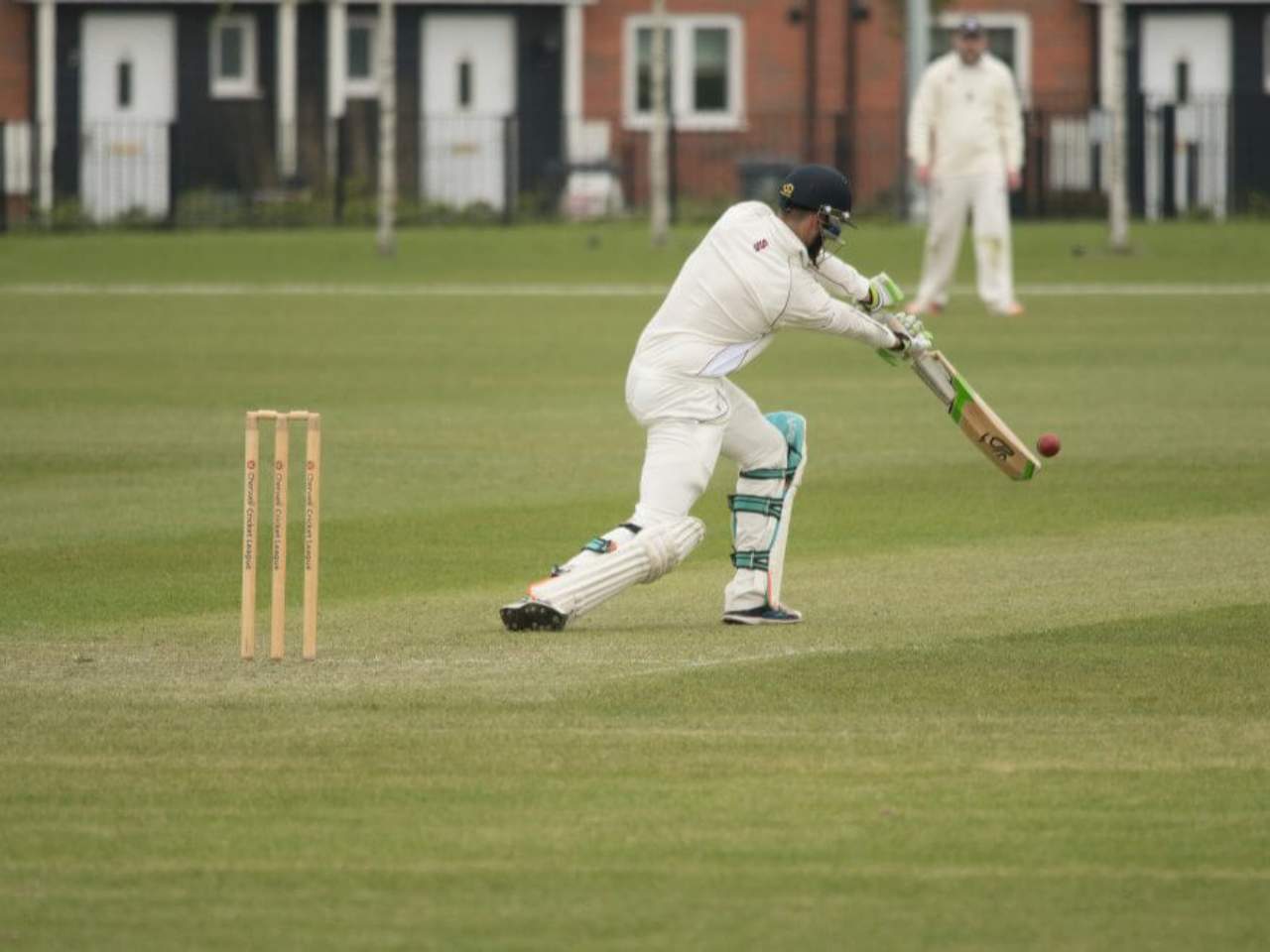Cricket is undergoing a revolution. The rise of franchise-based Twenty20 (T20) leagues worldwide is transforming it from a sport dominated by international matches into one where club teams take center stage. This shift brings both opportunities and challenges for cricket moving forward.
The Explosion of T20 Leagues
The inception of the Indian Premier League (IPL) in 2008 sparked a proliferation of T20 leagues. Besides the IPL, major T20 leagues now exist in Australia (Big Bash League), England (The Hundred), West Indies (Caribbean Premier League), and South Africa (Mzansi Super League). In total, there are over 30 professional T20 leagues worldwide.
With immense commercial success, leagues like the IPL, now valued at over $6 billion, have capitalized on selling broadcast rights, franchises, and sponsorships. Similarly, other leagues have significantly boosted their revenues through these avenues.
More Cricket, New Markets
T20 leagues are vigorously expanding cricket into untapped markets. For instance, the Caribbean Premier League has significantly boosted cricket’s popularity across the West Indies. In a bid to grow the sport in North America, new leagues are being planned in the USA and Canada. Similarly, the Abu Dhabi T20 League is strategizing to cultivate interest in the Gulf region, thereby broadening the sport’s global footprint.
While it is true that the addition of more leagues has led to an increase in the amount of cricket available to fans, it has also changed the nature of the sport. In the past, most cricket matches were international contests played between national teams. However, the format has evolved, and now leagues span several months, featuring numerous matches between club sides. Fans now have more cricket to watch year-round.
Lucrative Opportunities for Players
Salaries for elite cricketers have skyrocketed thanks to T20 leagues. Multimillion-dollar contracts are commonplace; for example, Indian batsman Virat Kohli earns over $2 million per IPL season.
Shorter T20 matches allow players to participate in multiple leagues each year. Stars like David Warner play in Australia, India, and elsewhere. These “globetrotting” players earn enormous sums by plying their trade across the T20 circuit.
Concerns About Overcrowding
However, some worry too many T20 leagues could negatively impact cricket. Each league demands time in the calendar, forcing more international cricket into a squeezed schedule. This overcrowding threatens to diminish international matches between national teams.
There are also fears over “franchise fatigue.” As more leagues pop up, they must fight for fan interest, sponsors, broadcasters, and players. Many leagues lose money, and some may not be commercially viable.
Ongoing Tensions and Challenges
T20 economics have escalated tensions between leagues and national boards. Leagues crave star player availability, conflicting with national teams’ desires to present their best sides. This imbalance has led to urgent calls for improved schedule coordination and moderated player workloads.
Furthermore, the growth of T20 leagues outside the sport’s traditional strongholds challenges the governance model of cricket’s global body, the ICC. Power dynamics are shifting away from the ICC and traditional cricket nations.
The Future: Global Club Cricket?
Some envision a future where club T20 teams are the driving force in cricket, similar to football clubs in European soccer leagues. Domestic T20 leagues may eclipse international cricket in popularity among some fans. While T20 won’t replace other formats, international cricket must adapt to this new landscape.
T20 leagues have already profoundly disrupted cricket. They provide more cricket for fans and great opportunities for players. However, they also create new challenges for the sport’s governance and traditional structures. Ultimately, striking the right balance will shape the future as domestic T20 leagues continue to transform cricket.
Conclusion
The proliferation of T20 leagues has revolutionized cricket economically and culturally, fueling a surge in both legal and illegal betting markets centered around readily available IPL betting odds. However, this popularity has ushered in pressing integrity issues, potentially paving the way for match-fixing. As T20 leagues continue to dominate the global stage, safeguarding the sport’s integrity has become more critical than ever, signifying a pivotal moment in the evolution of cricket.
Navigating this transition period and balancing the opportunities and risks posed by the rapid rise of domestic T20 competitions will ultimately determine the sport’s future.




